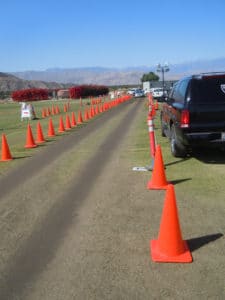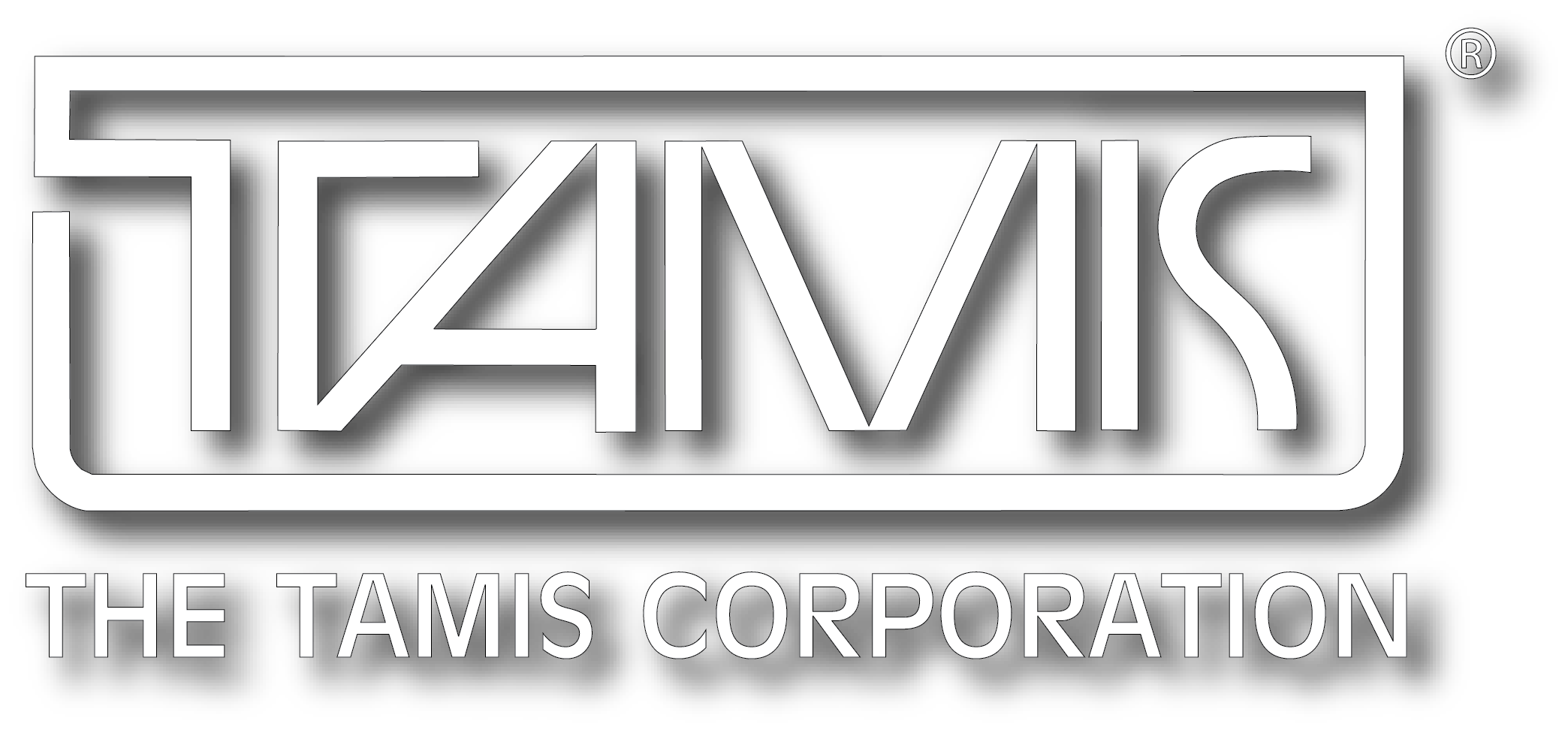Commonly Used Traffic Cones and Their Styles, Sizes and More
Traffic cones are a common sight on highways, streets, parking lots, and work and construction sites. They are used to designate “no access” areas and to provide motorists, pedestrians, and workers with warnings regarding the danger of entering these areas. They are popularly understood and accepted and are thus an effective way of re-directing vehicle or foot traffic around specified areas and aiding traffic safety.
Characteristics of Safety Cones
Because of the manner in which they are used and the fact that they are often used outdoors in varying weather conditions, traffic cones must be manufactured to be strong enough to withstand physical contact (with vehicles and people) and numerous natural and man-made elements. Thus, high-quality traffic cones are made of a plastic substance, often polyvinyl chloride.
 By law, traffic cones must be visible at all times, including night-time and difficult weather conditions. Thus they are most frequently orange, with the color produced with brilliant fluorescent pigmentation to ensure maximum visibility.
By law, traffic cones must be visible at all times, including night-time and difficult weather conditions. Thus they are most frequently orange, with the color produced with brilliant fluorescent pigmentation to ensure maximum visibility.
Cones must also be lightweight enough so that they can easily be moved from place to place, balancing the need for strength and stability with the goal of having them able to be easily moved by hand.
Most traffic cones feature a square base with sides to prevent air from entering the base. This helps the cone remain stable in windy conditions. Approximately 75% of the weight of a cone is at or near its base to prevent tipping.
Cone Sizes and Styles
There are two general styles: Wide Body and Narrow Body. The wide body is bigger and more stable, but the narrow body is favored by many utilities, especially for carrying within trucks.
The Flow Process
The production process known as the “flow process” results in premium quality cones. The process starts with a hot mold. White PVC is then added to the cones, which are then topped with fluorescent coating. The cones are then ready to dry.
Reflector Collars for Traffic Cones
Reflector collars are white strips made from premium white reflective plastic. The collars slip over the cone snugly, and tape or adhesive can be used to attach the collars to the cones permanently.
Reflective collars are normally required when cones are to be used at night. It is recommended that two collars be place on a 28” cone and that one collar be placed on cones 18” or shorter.
MUTCD Standard
With the additional of reflective collars, cones will meet the requirements in the Federal Highway Administration’s Manual on Uniform Traffic Control Devices (MUTCD), which was amended back in 1989 to mandate increased night-time visibility via the placement of additional reflective white bands on cones. To comply with the federal regulation, there should be two collars per cone – a 6 inch white collar placed 3 ½ inches from the top of the cone, and a 4 inch white collar place two inches below the upper collar.
Cone Accessories
Cones often feature snap-on signs providing directions for pedestrians and vehicles. These signs slip into edges at the top of the cone, and are easily removable. The most common traffic cone sign is a directional arrow.
Summary
Traffic cones send a visible, universally-understood message to motorists and pedestrians. The design and manufacture of traffic cones has evolved over the years to maximize their visibility and durability. As an important tool in highway traffic control, cones must meet governmental requirements for visibility, which has led to the increasing importance and use of reflector collars. Many entities also add messages or directions to their cones via signs attached to the top.
